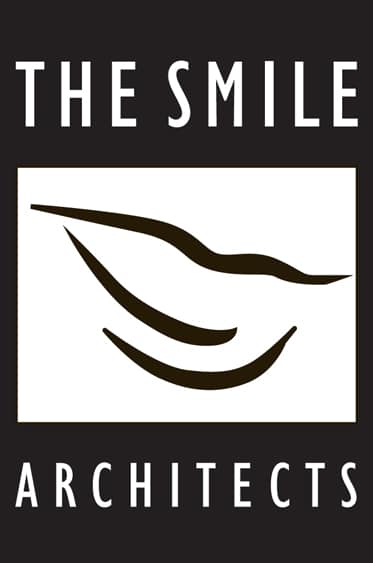Restorative Dentistry in Huntersville
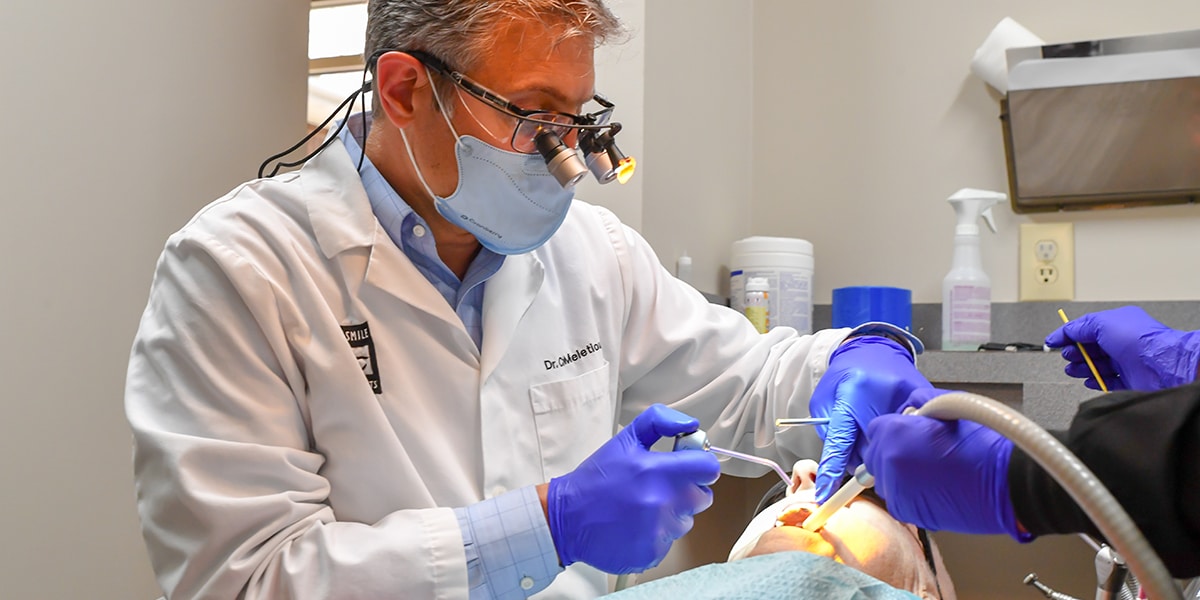
The Smile Architects provides restorative dentistry services in Huntersville, NC. Call us at 704-875-1621 to learn more and schedule a dental appointment.
The right restorative procedures at the right time can reduce the need for additional dental work in the future.
Restorative procedures help protect both oral health and overall health while improving the appearance of the patient’s smile. Being able to properly chew food and having correct bite alignment affect a patient's health in ways that go beyond just a smile.
The Biomimetic Approach
Biomimetic Dentistry is defined as the reconstruction of teeth to emulate their natural biomechanical and esthetic form and function. Simply put, biomimetic dentistry means to copy what is life-like. With biomimetic dentistry, only the damaged and decayed part of the tooth is removed and the final restoration is bonded to the remaining healthy natural tooth structure. Biomimetic restorations include stress-reduced direct composite restorations and porcelain/composite inlays and onlays that restore the biomechanics of broken and damaged teeth.
When restoring damaged, broken, and decayed teeth, the goal is to return the tooth to its original strength, function, and esthetic. Biomimetic dentistry accomplishes all of this in a conservative approach with strong and attractive results.
Composite Fillings
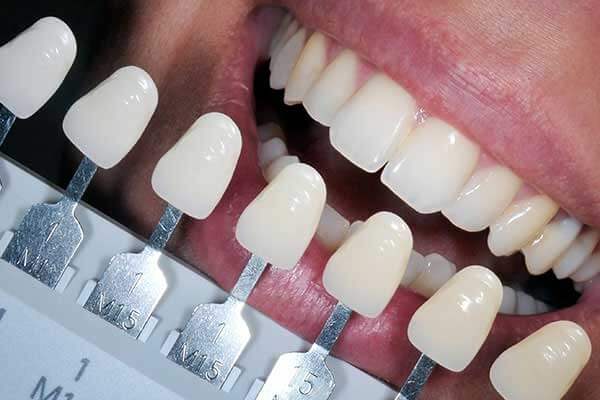
Composite fillings use tooth-colored material to restore teeth with cavities and maintain a natural appearance. Once the decay is removed, the tooth is filled with a composite material which is then cured using a specialized light to harden the material. Composite fillings can be done in one visit.
Inlays and Onlays
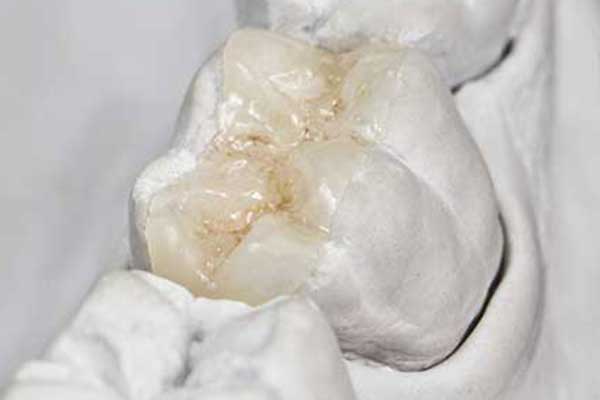
An inlay or onlay is a partial crown restoration that can be placed when there is not sufficient tooth structure to support a filling but enough tooth structure left that a full crown is not needed. Inlays/onlays are made of porcelain or gold, and they aesthetically and functionally replace the missing tooth structure.
Dental Crowns
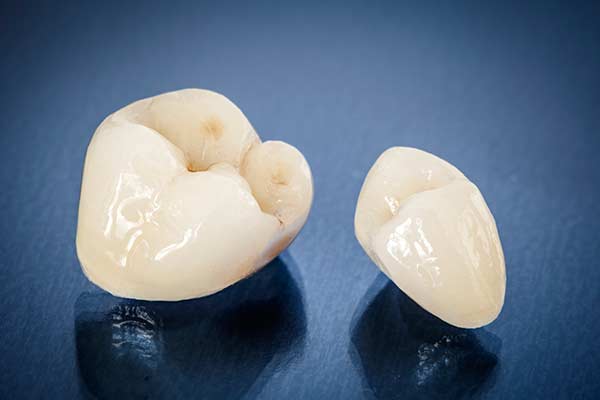
A crown is a dental restoration that completely covers the outside of a tooth that is cracked, broken, worn down, or severely decayed. Dental crowns are usually completed in two visits. During the first visit, the tooth is prepared (shaved down) and an impression is taken. A temporary crown is placed while the permanent crown is fabricated. During the second visit, the permanent crown is carefully fitted and then cemented into place.
Dental Bridges
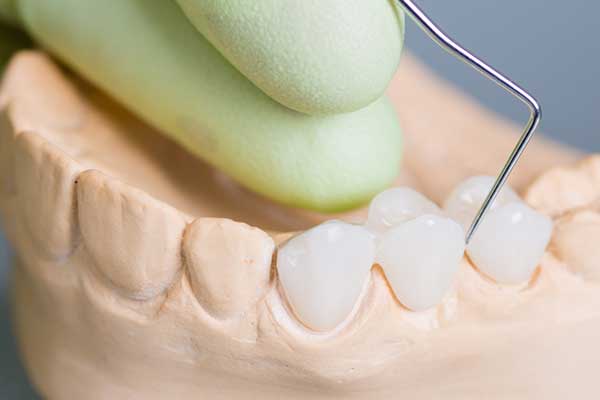
A bridge can replace missing teeth without the use of a denture or dental implant. A bridge is composed of two crowns and a replacement tooth or teeth. Crowns are typically placed on the teeth on either side of the space, with the fabricated tooth or teeth attached in between.
For multiple missing teeth, an implant may be used to anchor the bridge.
Dental Implant Restorations
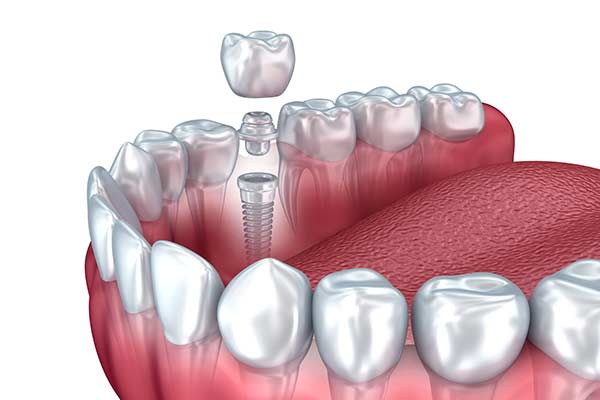
Dental implants are composed of three pieces: a small screw made of a biocompatible metal called titanium, an abutment which connects the screw and the final restoration, and the final restoration. The screw, which is placed in the jawbone, acts as a replacement for the tooth root, providing a strong foundation for fixed or removable replacement teeth. The screw begins to fuse with the bone over the course of a few months. After the fusing process, known as osseointegration, the abutment is inserted into the screw to allow for the permanent attachment of the restoration.
Dentures
A denture is a replacement for multiple missing teeth within the same (upper or lower) arch. A denture differs from a crown or bridge in that it does not rely on an existing tooth structure, and it completely replaces the missing teeth.
There are several different types of dentures:
- Full or Partial
- Removable or Fixed
- Traditional or Implant-Supported
Frequently Asked Questions About Restorative Dentistry
What is restorative dentistry treatment?
Restorative dentistry treatments are procedures that restore function and strength to a tooth that has been damaged by decay or injury. When tooth-colored materials are used, these procedures also restore the appearance of the treated tooth.
What are major restorative dental procedures?
Most dental insurance plans consider dental crowns, bridges, dentures, inlays, and onlays to be major restorative dental procedures.
What is basic restorative dental?
Dental fillings are the most common procedure categorized as basic restorative dental work, but some insurers also consider tooth extractions and root canal procedures to be basic dental services.
How much does restorative dentistry cost?
The category of restorative dentistry includes a wide range of treatments, from dental fillings to complete sets of dentures. This means that the cost of restorative treatments can vary a great deal. When you visit our office for a consultation, we’ll help you understand the costs involved in the treatments you need and what your out-of-pocket expenses will be.
Can a badly decayed tooth be saved?
Although we cannot say for sure until we see you in person, many teeth can be saved even if they’re badly decayed. If a significant portion of your tooth is decayed, you will likely need a dental crown to restore it instead of a filling. When decay reaches the pulp inside of a tooth, a root canal treatment is required, which is then followed by a dental crown.
Can a dentist fix all your teeth at once?
It depends on the number of teeth and the treatments needed. In some cases, we can complete all of the procedures you need in one visit, but for others, two or more appointments will be required.
Are you looking for a dentist in Huntersville, NC? Contact us today to schedule an appointment.
